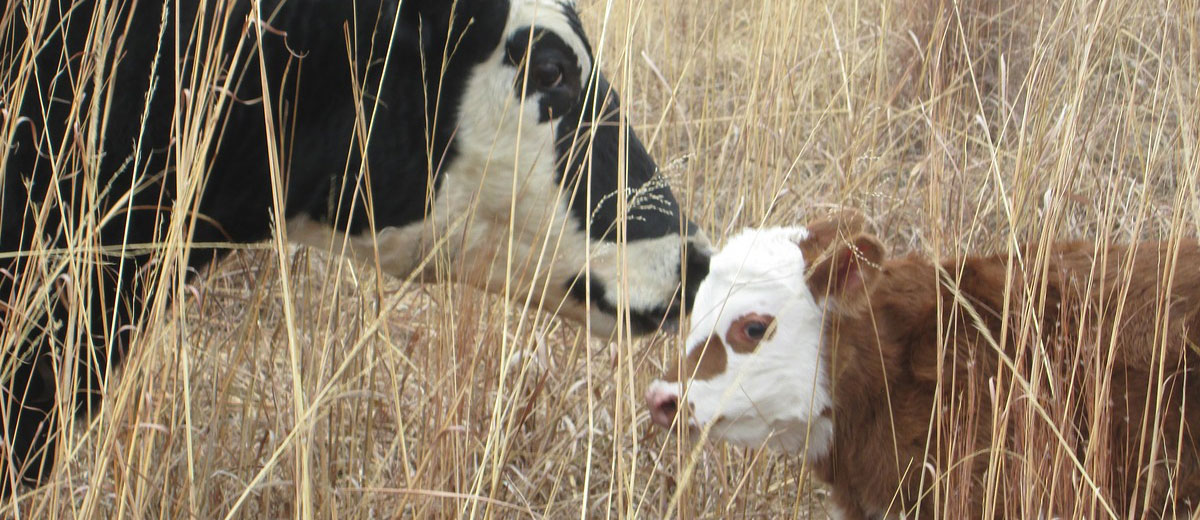By Alexis DeCorby, AAg, Livestock and Feed Extension Specialist, Humboldt No one wants to have calving difficulties, so calving ease is often top of mind when purchasing a bull. However, there is some debate over the best way to predict it. Some producers select based on actual birth weight, while others select based on Expected… Continue reading Expected Progeny Differences (EPD) Spotlight: Calving Ease
Tag: cows
Snow as a Water Source for Wintering Livestock
By Jenifer Heyden, M. Sc., PAg, Livestock & Feed Extension Specialist, North Battleford Livestock require five basic nutrients for maintenance and production. Those five nutrients are protein, energy, vitamins, minerals and water. Of these, water is the most important. In the spring and summer livestock get a substantial amount of their daily requirement from lush… Continue reading Snow as a Water Source for Wintering Livestock
Setting Up for a Successful Breeding Season
By Jessica Smith, PAg., Livestock and Feed Extension Specialist An ideal calving interval is 63 days long. This encompasses three estrus cycles, at 21 days per cycle. At a minimum, you may want your calving distribution to look similar to the following: 60 per cent of calves born in the first cycle, 24 per cent… Continue reading Setting Up for a Successful Breeding Season
Calving trauma called production risk
Source: Barbara Duckworth, Producer.com, January 30, 2020 Cattle producers can improve calf health and survivability by decreasing the negative effects of a difficult calving New beginnings and hope start with each calving season but sometimes things can go awry. About five percent of calves are assisted at birth and about four percent are either born… Continue reading Calving trauma called production risk
Producers must ensure calves suckle quickly after birth
Source: Barb Glen, Producer.com, January 24, 2019 If it sucks, that’s a good thing — when it comes to newborn calves. It’s so good, in fact, that newborns with a good suckle reflex are 41 times more likely to consume colostrum on their own compared to calves with a weak suckle reflex. Dr. Craig Dorin… Continue reading Producers must ensure calves suckle quickly after birth
Conditioning cows before winter important
Source: Jeremy Simes, Producer.com, October 4, 2018 Beef specialists say cattle producers still have a number of options available to get their animals in condition before winter strikes. Some cows might be thin this year, particularly in the southern parts of the Prairies, due to reduced pastures caused by dry conditions. To help get thinner… Continue reading Conditioning cows before winter important
500 cows stolen from New Zealand farm
By Nick Perry, The Associated Press, August 30, 2016 WELLINGTON, New Zealand – How do you steal 500 cows? Probably not all at once. That’s according to New Zealand police, who said Tuesday that they were investigating reports of the unlikely crime at a South Island farm. Locals said they’d never before heard of cattle… Continue reading 500 cows stolen from New Zealand farm
Beef herd expands slightly
By Barbara Duckworth, The Western Producer, August 18, 2016 The Statistics Canada livestock inventory report released today reported growth in the cattle and hog sectors but a decline for the sheep business. The Canadian beef herd has shown a slight expansion of 1.3 percent compared to last summer, making it the first year-over-year increase since… Continue reading Beef herd expands slightly





